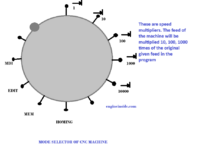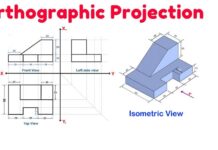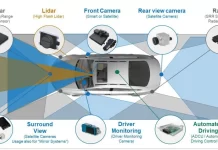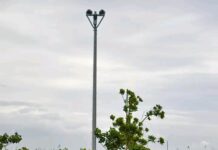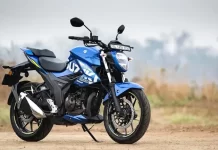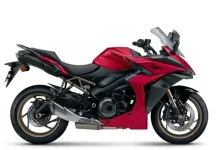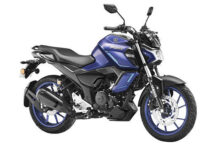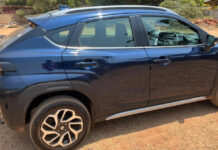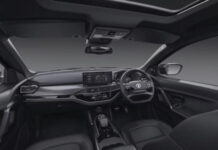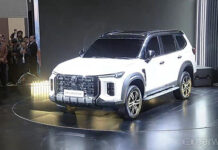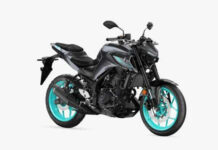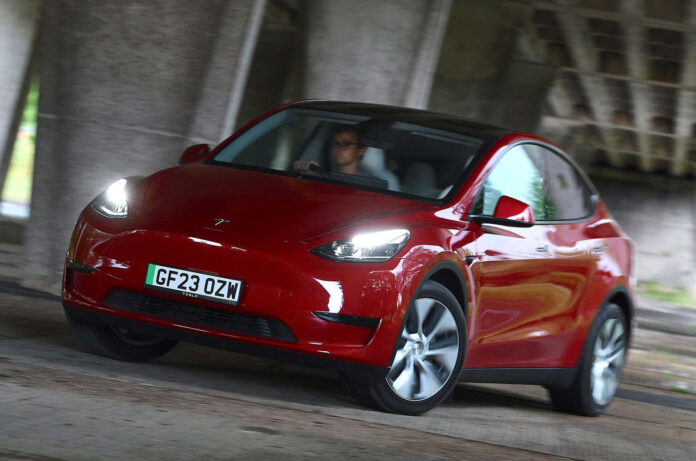The car was introduced in late 2021 as the jacked-up SUV version of the brand’s Model 3 saloon, with which the Model Y shares around 76% of its parts.
Pros:
- It has more than enough range to take on the school run and your daily commute with ease, due to its super efficient 57.5kWh usable battery capacity. Tesla says the official range is up to 319 miles for the ultra-fast Performance version, which in the real world translates to around 300 miles and just over 3.0mpkWh.
- That’s an admirable level of efficiency considering some rivals as the Tesla uses comparatively smaller batteries; and during the winter months the Model Y performs better than others, typically offering a range of more than 270 miles.
- In top-spec Performance guise, the Model Y is a seriously quick car for its size, delivering a whimsical level of acceleration that blows its rivals away.
- With 563bhp on tap and a dual-motor set-up, the Model Y Performance can sprint from 0-62mph in just 3.5sec – that’s an impressive sprint time for a big family EV. Even the entry-level rear-wheel drive version completes the 0-62mph spring in 6.6sec, which is about the same as a Volkswagen Golf GTI.
- You get access to Tesla’s brilliant Supercharger network which makes charging on the move incredibly easy. The brand’s own network gives you a one-stop-shop for EV ownership, with exclusive access to an ever-growing number of charging hubs dotted around the world in towns, cities and service stations.
- With Tesla models proving so popular, some hubs can be busier than others. But once you are plugged in you can add as much as 200 miles in just 15 minutes.
- Much like the Model 3, the Model Y is a brilliant family car thanks to its ability to commute with both people and their luggage with ease. Front space is good, but it’s in the back where the Y improves from its saloon sibling, feeling less cramped than the 3.
- There’s more than enough room for tall people in the back and the middle seat passenger won’t feel too resentful thanks to the Model Y’s flat floor.
- Every model is excellent value for money, with more range, performance and efficiency offered than most of its rivals. The rear-wheel-drive variant is a solid option, with a 283-mile range and sub £45,000 price tag.
- It’s the Long Range trim that really delivers, though, with more poke than most combustion-powered SUVs and a real-range figure that’s good enough for longer trips.
Cons:
- The ride is quite firm and it isn’t as comfortable compared to its Model 3 sibling. It sits on bigger wheels than the Model 3, with 19in wheels (20in wheels are optional) fitted which aren’t very good on poor road surfaces.
- Newer models have been updated, which has offered some improvement, but you still feel jostled around when riding over potholes and ridges, especially at lower speeds.
- Even though the minimalist interior allows for a less cluttered and simple design, the lack of physical buttons is a real problem to bear with. You are forced to go into the Tesla’s large infotainment screen, then select a specific menu in order to change any of the Model Y’s settings.
- This is particularly tricky on the move when trying to carry out the most mundane tasks, such as opening the glovebox, adjusting the temperature of the air conditioning, or changing the angle of your wing mirrors.
- Due to it being taller and heavier than its saloon-styled relative, the Model Y isn’t as good through the bends. The quick steering set-up carried over from the Model 3 is less responsive and can feel a bit nervous compared to rivals.
- And the dual-motor Model Y’s turning circle is particularly inconvenient, taking 12.1m to rotate between kerbs; by comparison the Skoda Enyaq needs just 9.3m.
- The American brand has omitted smartphone mirroring, which means you can’t connect your Apple or Android device. While this isn’t the greatest hardship in the world, it does limit you to Tesla’s in-built system. Intelligent navigation apps like Waze are therefore made redundant.
- The car’s Autopilot feature is one to be approached with caution as it isn’t all plain sailing. While Tesla says it can guide the car automatically you certainly shouldn’t rely on it to do all the driving.
- The system itself can be jerky and inaccurate at times, with poor lane discipline; it’s even prone to not reading the road properly so be wary if you find yourself using it on the motorway.










